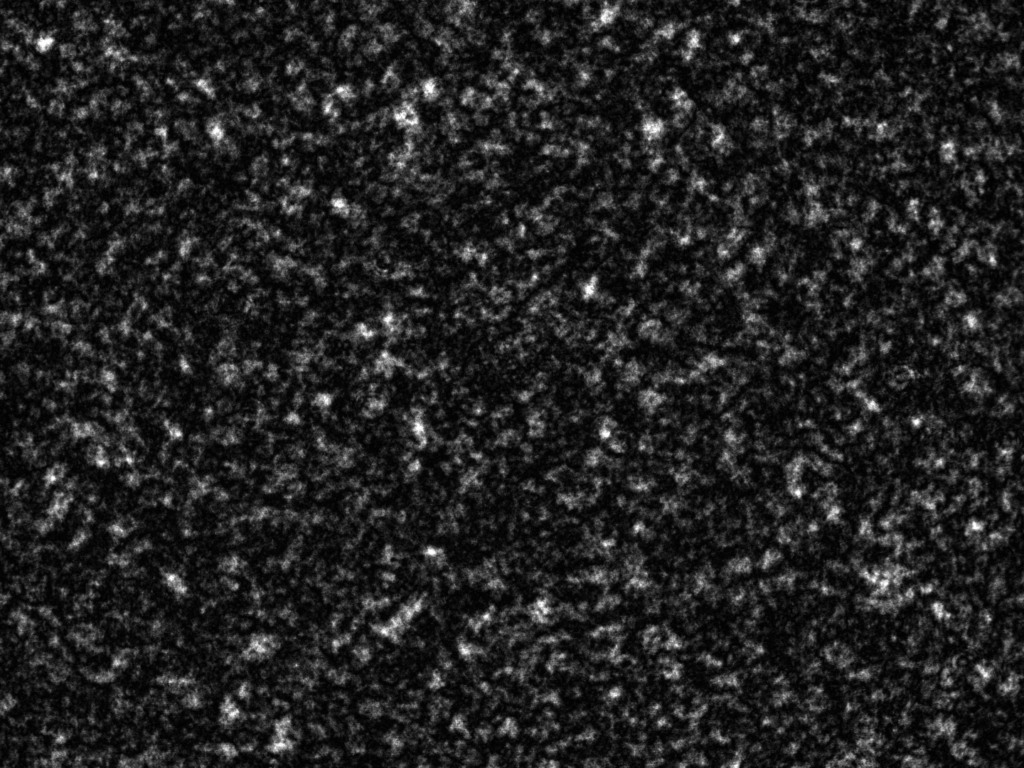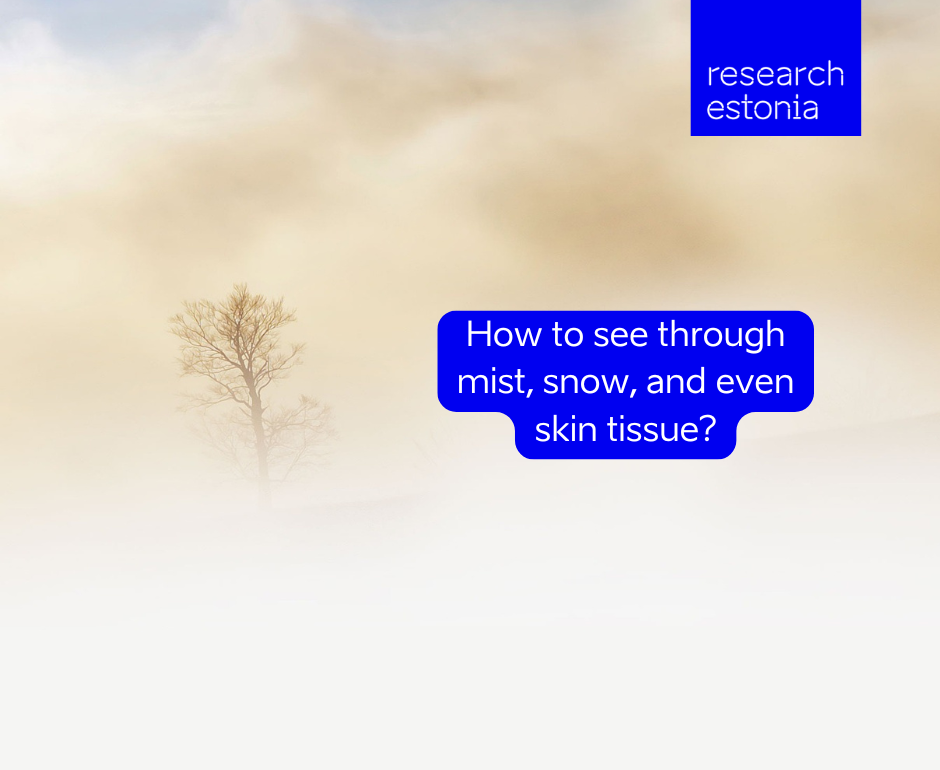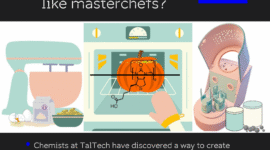Seeing through scattering media is crucial for weather forecasting and medical treatments. However, achieving clear images in such conditions has always required making sacrifices on the image quality, as the scattering media disperses the required object information in all directions. This challenge makes it one of the toughest regimes in optics, but our field of computational imaging, where computation is integrated with optics, offers promising solutions.
In our day-to-day life, we mostly encounter transparent mediums. Therefore, imaging systems such as our eye can efficiently create a copy of an object. However, there are also a number of situations where the above imaging process is affected despite having an efficient imaging system.
Well-known examples are mist and fog. The inhomogeneity in the medium surrounding the object causes mild to severe distortions even with the best imaging system available. Scientists often refer to this phenomenon as ‘occlusion due to scattering’. This is a common problem that all Estonians encounter during winter. During deep winters, people are thus advised to wear reflectors as a part of their winter wear. While the reflector surely cannot help with creating a better image, it will at least reflect light, drawing the driver’s attention
This ‘occlusion due to scattering’ also exists in many areas that are unknown to the layman. In biomedicine, imaging through tissue results in similar distortion. In the oceans, the same problem arises due to eutrophication and turbid water, while in satellite imaging, one needs to confront atmospheric turbulence.
In my PhD research, I aim to develop advanced computational imaging technologies to see through scattering media. Similar to many other fields, we, too, in our imaging research, often have to acknowledge that, ‘There are no free lunches.’ We need to lose something in order to gain something. As such, improving one imaging characteristic, such as depth of field, often means sacrificing another.

While this principle holds true in life as well, as a researcher working in the field of imaging, I encounter this bitter reality almost every day. If the goal is to develop an imaging technique that allows us to see through mist, fog, skin tissue, turbid water, and atmosphere, what are we willing to sacrifice to achieve this?
This is a trade-off that needs to be carefully considered before choosing a direction. Say, for example, consider the optical experiment on imaging through a scatterer in the optics laboratory, where we implement it with optical components like lenses, scatterers, etc. A large scatterer deviates the beam to larger angles. In such a case, a demagnified system is used in order to obtain the entire object information, but at the cost of lower image resolution.
Invasive and non-invasive imaging
I am developing two types of approaches, namely invasive and non-invasive imaging, to see through scattering media.
In invasive imaging, as the name suggests, it requires invading the media, which involves understanding it by performing additional measurements. This measurement involves using a point source like a star in the case of atmospheric imaging and recording the speckle pattern generated by the scattering layer, as shown in Figure 1.

After that, we use a special property of linear, shift-invariant systems’ states. This property allows us to predict light’s scattering behavior across the entire object based on its scattering at a single point.
Thus, imaging through scattering media is different from regular imaging. To record an image from scattered light, we need to make use of multiple camera recordings as well as computational reconstruction. Above all, the scattering media should not change between the recordings. This means that the above technique may work only for static cases which are a rare case of day-to-day experiences of mist, fog, etc.
In non-invasive imaging, no information other than the speckle pattern of the object is needed. Instead, I utilize one special characteristic of the speckle pattern, i.e., randomness. This means that when we scan one speckle pattern over another identical speckle pattern, the two patterns will match perfectly only over a shorter length. That generates a sharp peak during a mathematical process called autocorrelation.
Recalling the relation between point and object speckles, the autocorrelation for an object’s speckle pattern will generate partial information about the object in the Fourier domain. That means that the same information in the space domain can be represented differently in the frequency domain.
From the partial information and some assumptions of the object’s nature, the full information of the object can be predicted by a scientific method called the phase-retrieval algorithm.
This prediction is different from deep learning-based methods. The advantage of this method is that there is no need to invade the scattering layer, and only one camera shot is sufficient. However, the penalty is uncertainty in image reconstruction as it is a prediction-based approach. Therefore, several guesses will be needed.
If my work bears fruit, Estonian drivers may find it much easier to see through fog and snow in the future, no matter how dark and bleak the winters might be.
Author of this article is Francis Gracy Arockiaraj from University of Tartu. Editor Jaan-Juhan Oidermaa.
Article written for the contest “Science in 3 minutes” organised by Estonian Academy of Sciences and The Estonian Young Academy of Sciences (EYAS). Main sponsor of the competition is Inclusive Financial Technology Foundation.
If this snapshot of imaging has captured your attention, don’t lose focus – zoom into our next article for a clearer picture of the latest breakthroughs! Read more about how Cutting-Edge imaging unravels sex-specific structural variations in the heart!
 Back
Back



